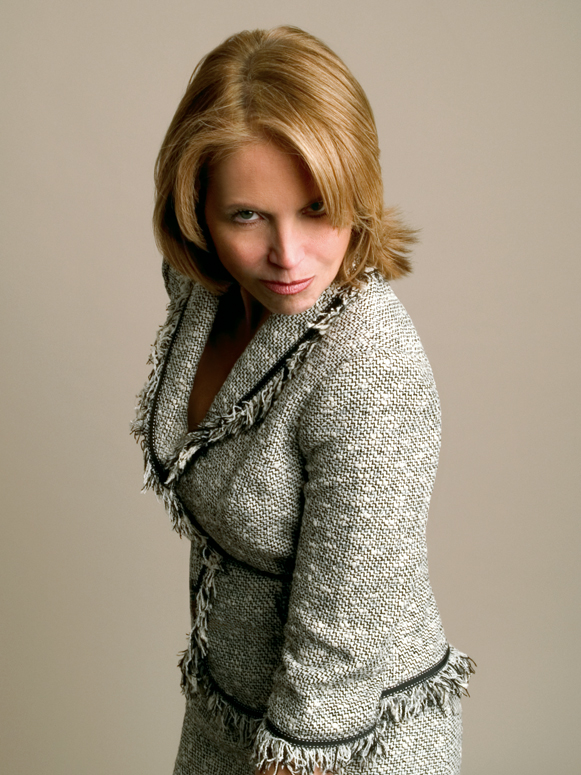Hello. I am going to be shooting some full body portraits and I guess I need to learn a little about how to light the subjects. Is this difficult to do? What would I need (equipment-wise) and how do I go about doing it? Or is this not so easy and perhaps this will require taking a class or something?
If I buy basics (lighting equipment), how much should I expect to buy? Where should I buy? Or, should I just rent? I figured since I will be shooting quite a number of people maybe I should buy the stuff? Or maybe not, since I have no experience with lighting.
Thanks.



 Reply With Quote
Reply With Quote



Bookmarks